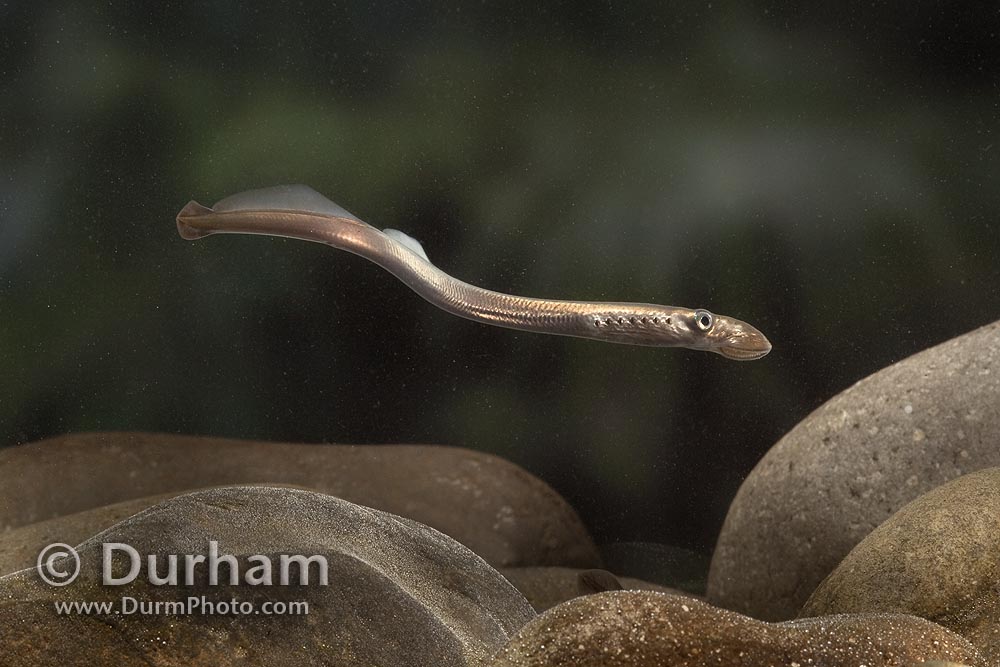
Pacific Lamprey (Lampetra tridentata)
Local people call them "eels" (including the native american tribes of the columbia river basin) and while they are not related in any way to true eels, they do have a similar appearance. They have a long cylindrical body, but they also have sucking mouth parts that they use to cling to various surfaces and parasitize fish.
Pacific Lamprey (Lampetra tridentata)
Pacific Lamprey (Lampetra tridentata) eye
Lamprey have an ancient lineage. They appear in the fossil record nearly 450 million years ago – long before the age of the dinosaurs. They have no scales and no paired fins like other native fish. They can climb vertical rock surfaces and survive out of water for over an hour. Adults can survive for over a year without food.
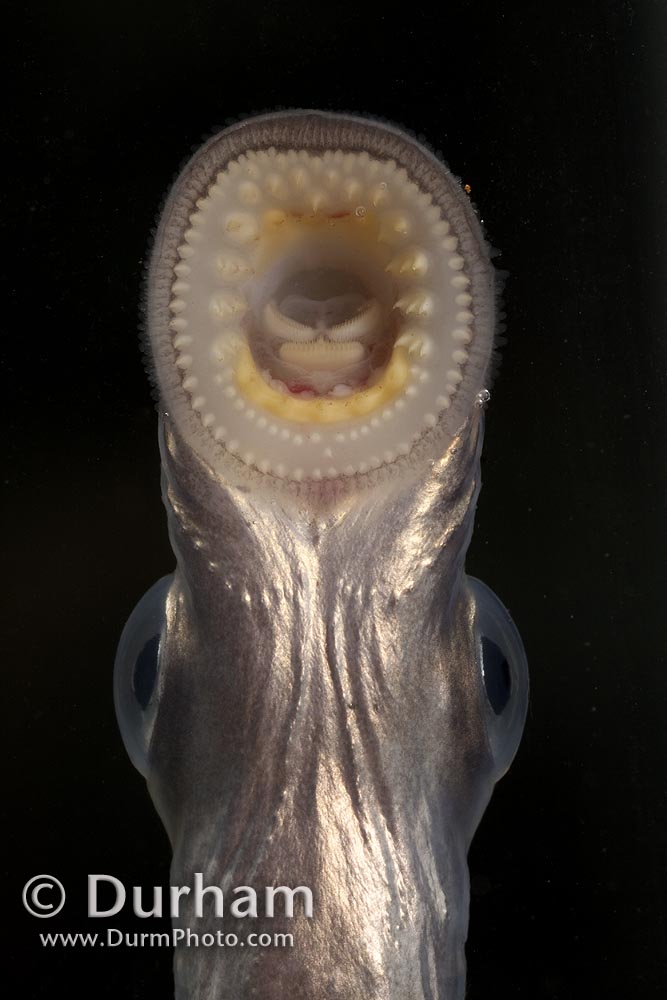
Pacific Lamprey (Lampetra tridentata) mouth
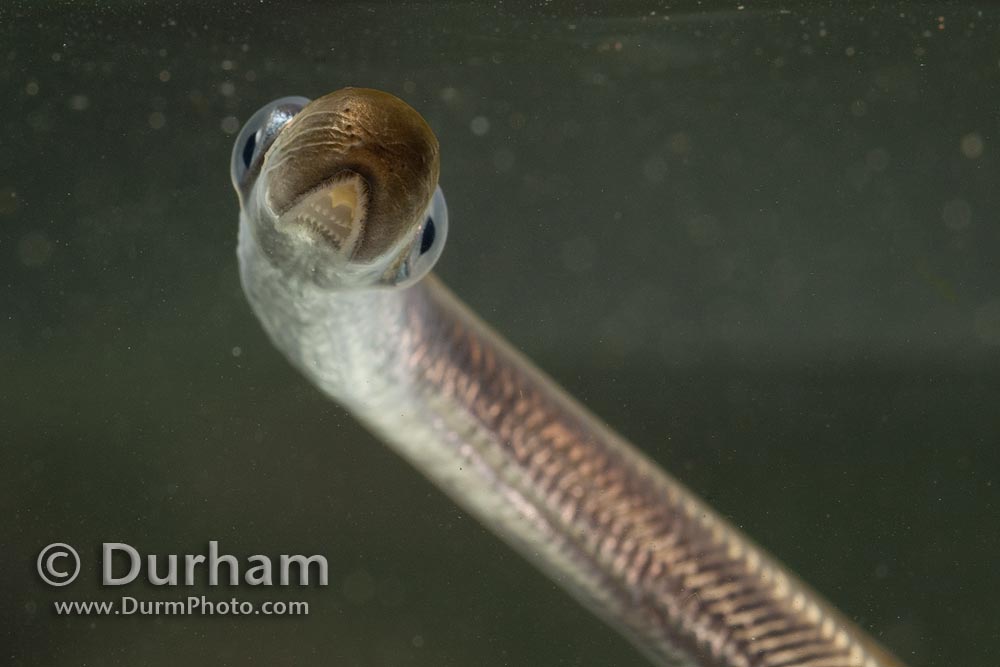

Pacific Lamprey (Lampetra tridentata) mouth

Pacific Lamprey (Lampetra tridentata)
A few decades ago, they populated the Columbia River in great numbers. They were considered a nuisance fish by fisheries and dam personnel in the 1970's because they would clog the fish ladders and muck up the dams. They could be taken at any time, cut up and used as bait.
After spawning, they would wash up on the shore of the Columbia and its tributaries and create a stench that was legendary.
Now their populations are crashing in the Columbia River Basin. I was recently at the John Day Dam when they drained the fish ladders for winter maintenance. As the water drains, straggler fish are literally pushed down the ladder by staff. It is an interesting process which can be seen in this short video
How many pacific lamprey were seen in the ladder in 2009? There used to be thousands. In 2008 they counted 280. In 2009 they counted 3. Of those 3, I photographed one, which can be seen here mixed in with steelhead and sturgeon as they wash down the fish ladder.
For all the money and effort poured into saving native salmon in the Columbia River in the past few years, evidence points to pacific lamprey as a key element in the ecological foundation for the health of the river and the native salmon. It may be impossible to achieve true salmon restoration without saving the lamprey.

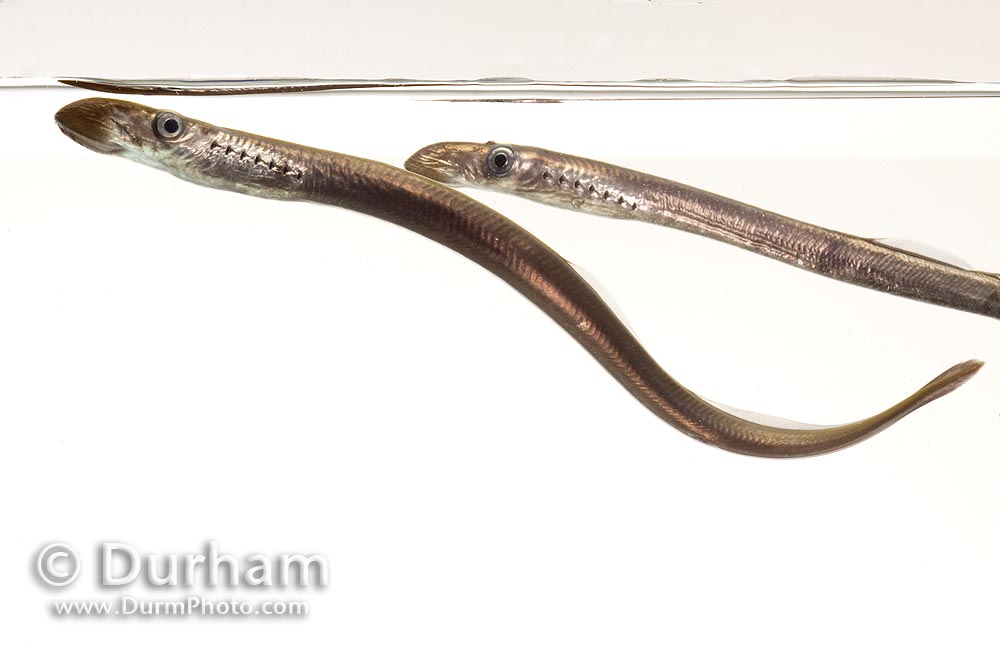
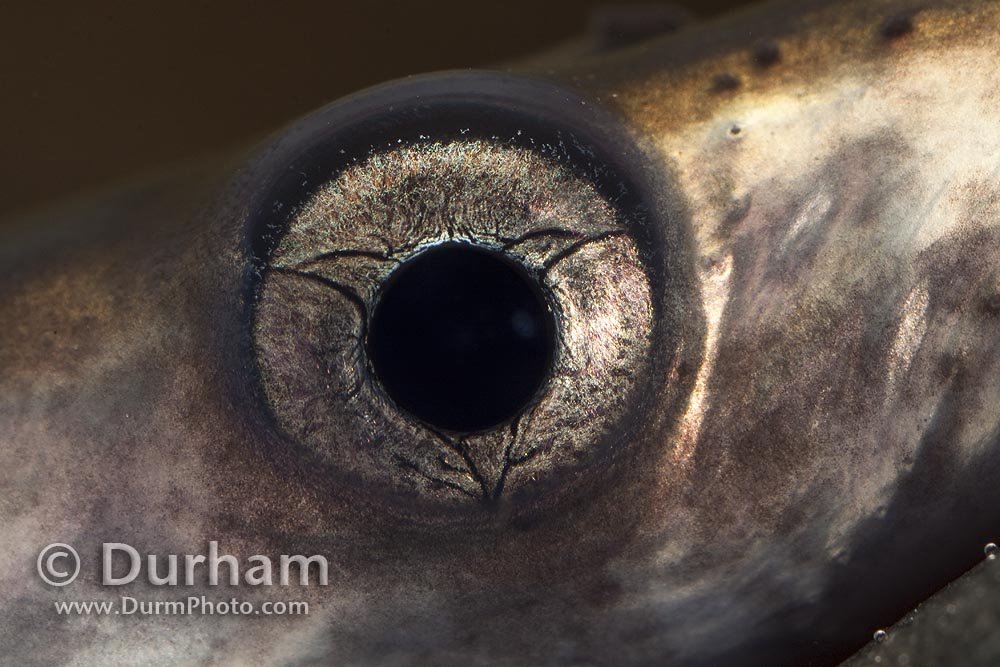
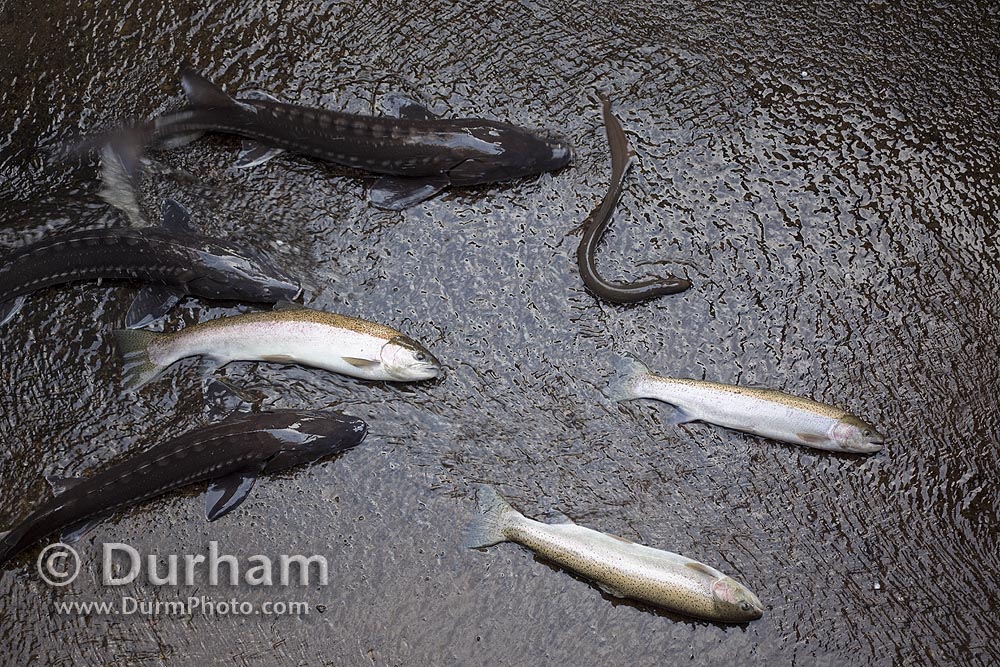
3 comments:
this is amazing. I feel as though you took me back in time, very far back in time. Your photos are amazing and I feel sad that so few are seen as each year goes by.
Tammie
Lamprey can be weird, but they have had a long evolutionary journey to this place and time. It would be a shame to lose them.
Thanks for the kind comment
actually your wrong about the Pacific Lampreys scientific name. The real scientific name is Entosphenus Tridentatus. I know this because I did a whole research project back in 7th grade. I like to try and learn more about it, because I still think it is pretty cool. Otherwise the rest of the blog was pretty accurate.
Post a Comment